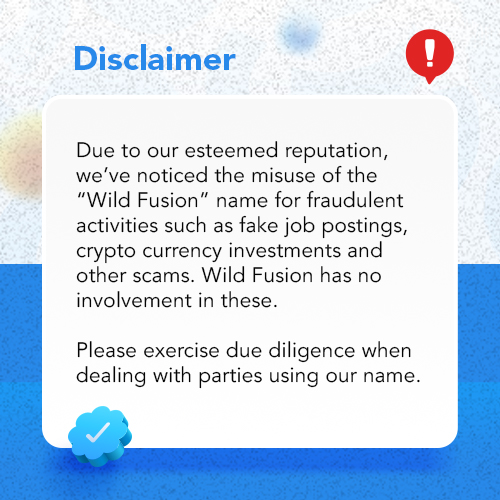Marketing and analytics teams often don’t work together as much as they could. Yet with each other’s help, they can significantly grow the business with customer insight and targeted marketing.
Both teams must be fully integrated in the organization and working towards strategic goals, backed up by data.
Data will allow marketing teams to be strategic in their efforts, and use their knowledge to ‘hack’ the system for growth.
Most businesses face this question, usually around budget time. How much is too much, and what exactly has the return on investment been to justify ever-increasing budgets? Oftentimes that ROI is not evident, or the ROI simply may not be there. A focus on catchy slogans and branding doesn’t always lead to sales.
Marketing needs to be more strategic and the answer lies in the analytical capabilities of your business. A closer working relationship between data analytics teams and marketing teams will allow a business to hack their way to growth. As long as it’s done right.
Growth hacking and strategic marketing:
This more strategic marketing has a lot in common, though is not necessarily synonymous with, the concept of growth hacking. It takes a much more hands-on role when it comes to the effectiveness of the product a business sells and the manner in which it does that.
It involves a series of marketing experiments; for example, tweaking the UX of a webpage or trying a different method of product distribution, all geared towards growth. These strategies should only be driven by data, and their effectiveness quickly determined by the same.
Growth hacking can lead to businesses spending less, having greater impact, being able to prove their ROI, and gaining better insights about their customers to improve their products.
Sounds like a no brainer, right? Yet many businesses don’t do it, operating with their data and marketing people (not to mention untapped data sets) in separate areas. It’s time to bring them together, and ensure that they’re able to work with each other well.
- Marketing and analytics teams that are integrated and strategic
- Quality customer data
- Marketing decisions based off sound modelling
- Reduction of grey areas
The value of the analytics team, and for that matter, the marketing team, is only seen in the ability to execute strategy to encourage growth. To do so, however, requires more discipline that most would assume.
Analytics teams must take a scientific approach to everything they do. This includes proper experimentation, wherein things are tested and lessons learnt from those tests, the use of control groups, experiment reviews, robust reporting, single points of accountability and the cataloguing of data assets to increase their ability to reuse.
This doesn’t mean there is no art in the execution of marketing. It means there is no silver bullet: brands rely on creativity to capture attention and engagement. But data allows the marketing team to take a measured approach, driving an environment of continuous improvement.
With the analytics team in place and working effectively, they then need to be able to leverage the data from across the entire organization – including additional external data sources.
A single view of your customer is critical to being able to market or hack effectively. For instance, if someone signs up four times over the course of their shopping with you, from their mobile, desktop, social media or instore, that they are automatically de-duped into a single customer profile. All of these interactions are also recorded and available for the analytics team to dig into further and use in modelling.
Credit: PWC






